1. Ingestion of Plastic Waste
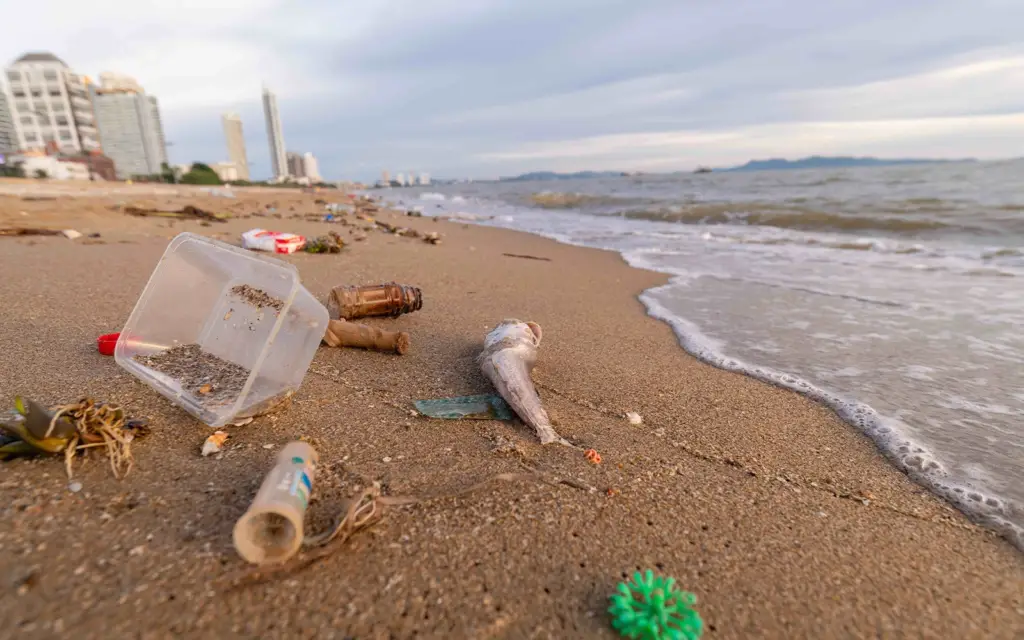
Marine animals, from seabirds to sea turtles, often mistake plastic debris for food. Consuming plastic can cause blockages in their digestive systems, leading to severe health issues or even death. For example, a stomach full of plastic provides no nutritional value, leaving animals to starve despite feeling full. Over time, this ingestion affects entire populations, reducing their numbers significantly. Seabirds have been found with bellies full of plastic, making it impossible for them to eat real food. Additionally, sharp plastic fragments can pierce internal organs, causing infections or internal bleeding. This issue isn’t confined to large animals—tiny plankton also ingest microplastics, which further exacerbates the problem as it impacts the entire food web. According to the World Economic Forum, nearly 90% of seabirds and 52% of turtles have consumed plastic. The consequences ripple across marine ecosystems, disrupting the balance and threatening biodiversity.
2. Entanglement in Plastic Debris
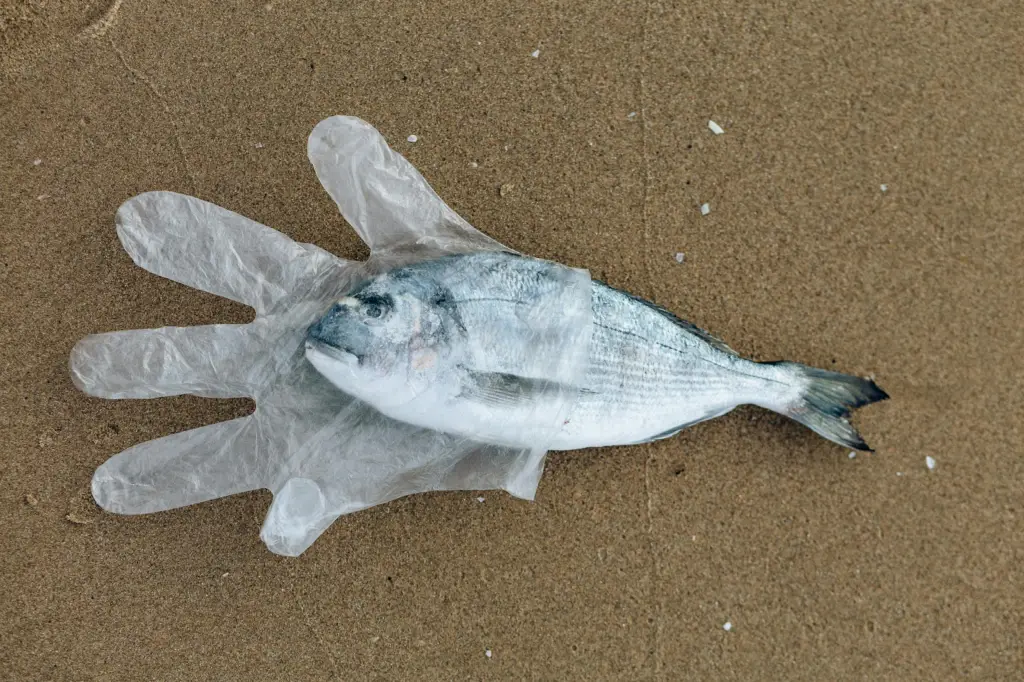
Plastic waste, such as fishing nets and six-pack rings, traps marine creatures, often with fatal results. When animals become entangled, they can’t swim properly, which reduces their ability to find food or escape predators. Over time, this entanglement causes severe injuries, such as deep cuts or even amputations of fins or limbs. Whales, seals, and turtles are common victims of this type of pollution. Some animals suffer prolonged deaths, unable to escape or fend for themselves. Birds and marine mammals often drown because they can’t surface for air. According to the National Ocean Service, ghost fishing gear, which refers to abandoned nets, continues to trap marine life indefinitely, compounding the issue. These nets also ensnare coral and seagrass, further damaging critical habitats. As entangled animals decompose, the plastic is released back into the environment, perpetuating the cycle. Efforts to rescue entangled animals are costly and time-consuming, highlighting the importance of prevention.
3. Microplastics in the Food Chain
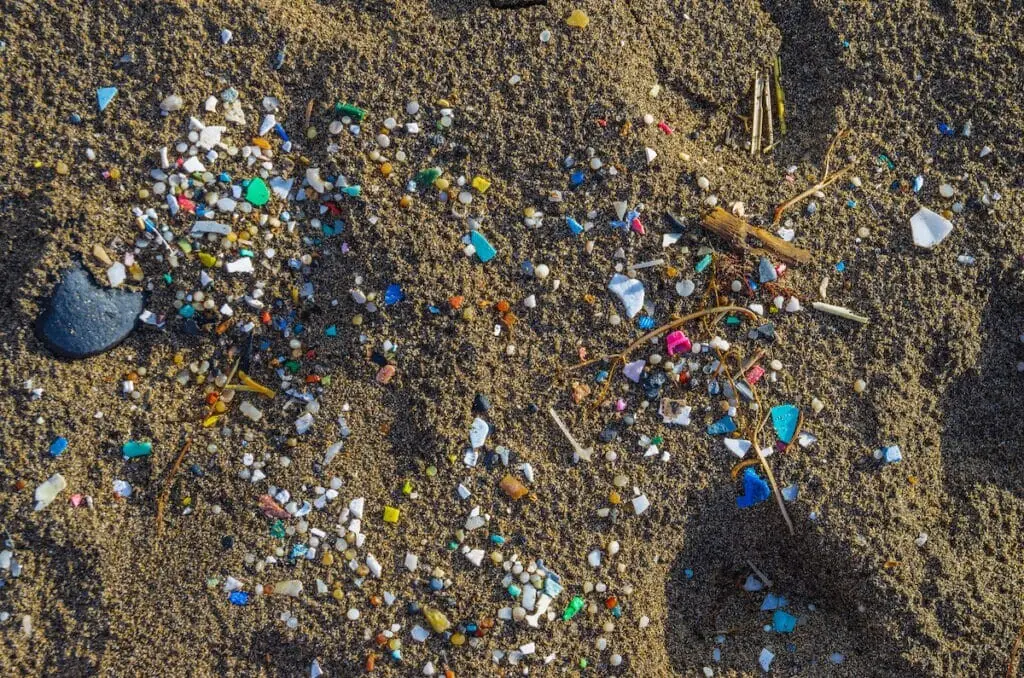
Tiny plastic particles, known as microplastics, are ingested by plankton, fish, and other marine organisms, causing a cascade of issues. Once consumed, these particles accumulate in the tissues of marine life, passing up the food chain to larger predators, including humans. Microplastics are particularly concerning because they can absorb and transport harmful chemicals, amplifying their toxicity. Over time, predators that consume these smaller organisms experience bioaccumulation, leading to long-term health impacts. Research, like a study published in FACETS Journal, has found microplastics in the guts of fish commonly consumed by humans, raising concerns about food safety. Plankton, the base of the marine food web, is also affected, impacting all organisms that rely on it as a primary food source. This contamination disrupts marine ecosystems and compromises the health of both wildlife and humans. Removing microplastics from the environment is nearly impossible, making prevention crucial. The persistence of microplastics ensures their impact will last for generations. The more plastic we produce, the more pervasive this problem becomes.
4. Habitat Destruction
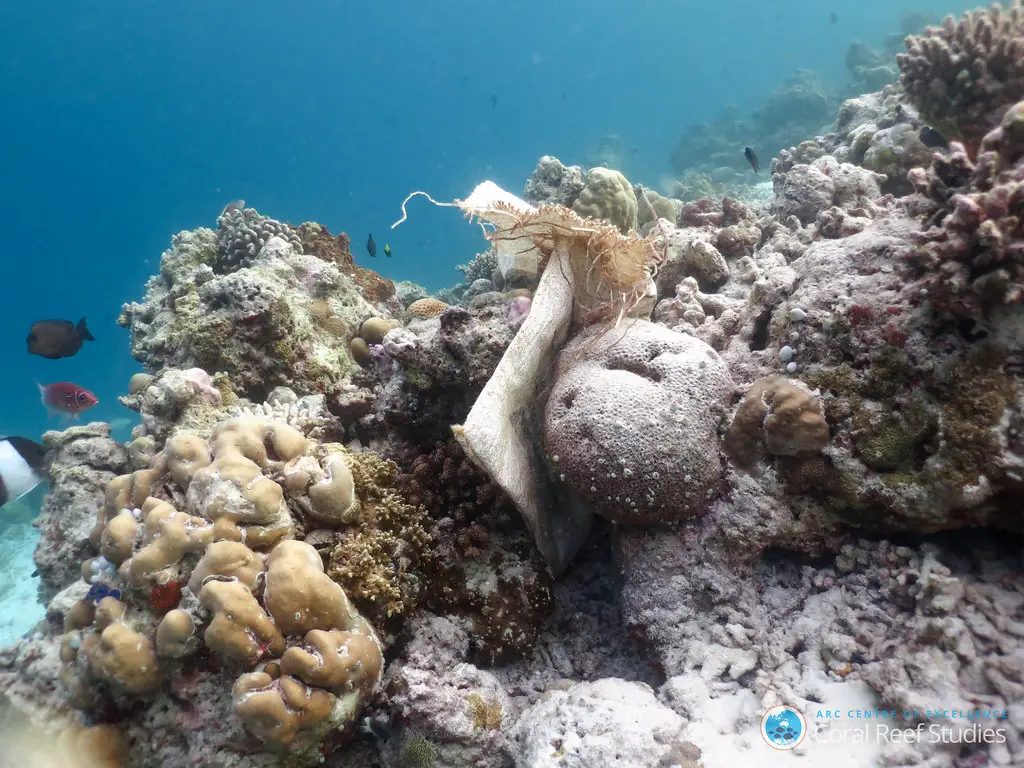
Floating plastic debris smothers coral reefs and seagrass beds, disrupting ecosystems critical to marine biodiversity. Corals, already under threat from climate change, struggle to survive when covered in plastic waste. This smothering effect blocks light, reduces oxygen levels, and introduces harmful chemicals. According to the Coral Reef Alliance, coral reefs are home to a quarter of marine species, making their destruction catastrophic for biodiversity. Plastic can also damage the physical structure of reefs, breaking delicate coral branches. Seagrass beds, essential for many marine species, suffer similar fates, as debris disrupts their growth and reproduction. The loss of these habitats affects breeding grounds, feeding areas, and protective environments for countless marine creatures. Furthermore, the destruction of these habitats reduces the ocean’s ability to absorb carbon dioxide, exacerbating climate change. Local economies that depend on reefs and seagrass, such as fisheries and tourism, also suffer significant losses. Protecting these habitats is essential for maintaining the health and balance of marine ecosystems.
5. Chemical Contamination
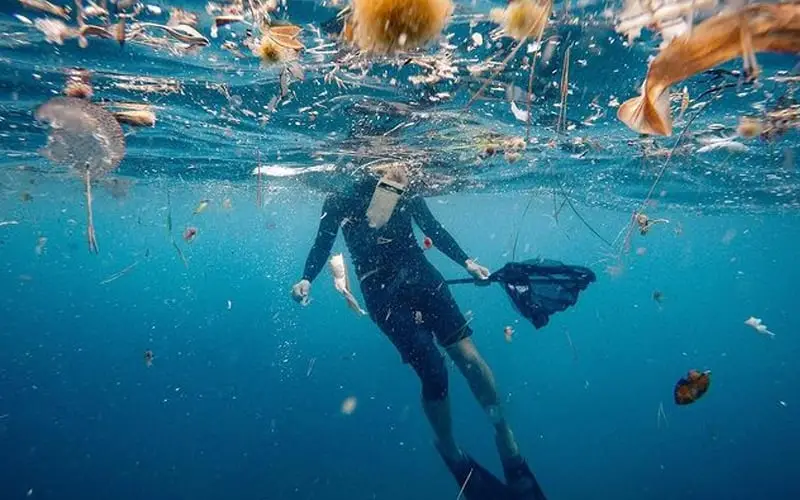
Plastics release toxic chemicals, such as bisphenol A (BPA) and phthalates, into the ocean, harming marine life in multiple ways. These chemicals leach out over time, contaminating the water and surrounding organisms. Marine animals exposed to these toxins experience hormonal disruptions, reproductive issues, and weakened immune systems. In extreme cases, exposure can lead to death or significantly reduced populations. These chemicals don’t just affect marine life; they also impact humans who consume seafood contaminated with them. Persistent organic pollutants (POPs) in plastics accumulate in marine organisms, further increasing their toxicity, according to a study published in the National Library of Medicine. Coral reefs, fish, and shellfish are particularly vulnerable to these chemical exposures. Over time, the chemical contamination reduces biodiversity and alters ecosystem dynamics. These toxins are challenging to remove once introduced, making prevention critical. Addressing the root causes of plastic pollution is essential to protect both marine life and human health.
6. Ghost Fishing
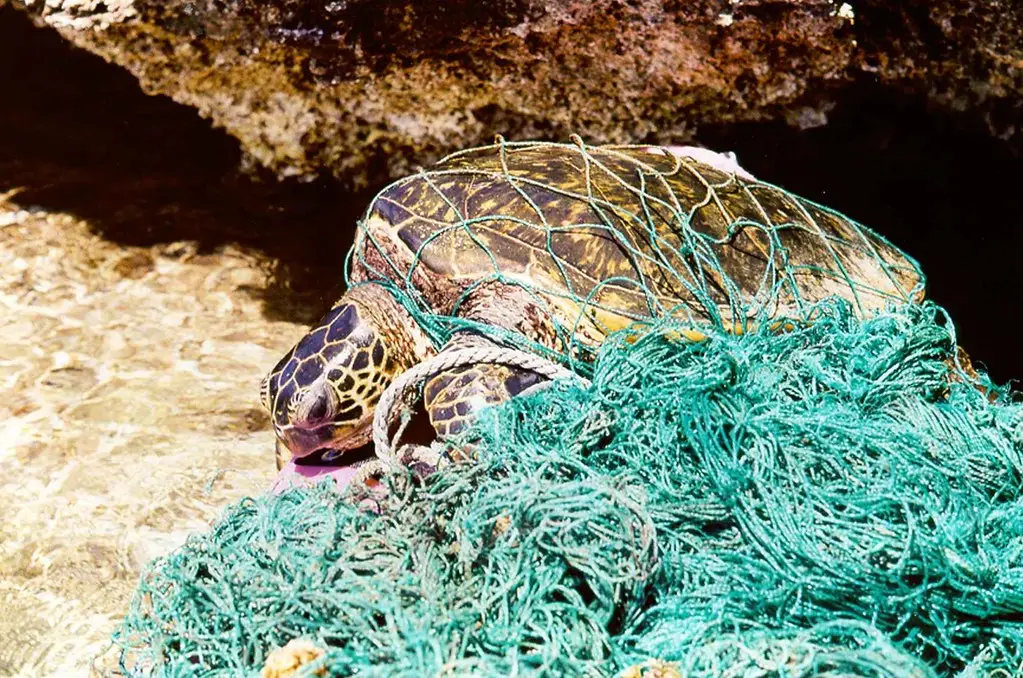
Abandoned fishing gear, or “ghost nets,” continues to trap and kill marine life for years, contributing to overfishing and ecological imbalance. These nets, made from durable plastics, drift through the ocean, ensnaring fish, turtles, and even large marine mammals like whales. The indiscriminate nature of ghost fishing results in the unnecessary deaths of countless species, including those already endangered. Ghost nets also damage coral reefs, ripping apart their delicate structures and reducing their ability to recover. The economic impact is significant, as ghost fishing reduces fish stocks, affecting fisheries and the communities that depend on them. Removing ghost nets from the ocean is a challenging and expensive process, requiring coordinated efforts from governments and organizations. Innovative solutions, such as biodegradable nets, could help mitigate this issue. Raising awareness and improving fishing gear disposal practices are also essential. The ongoing threat of ghost fishing underscores the urgent need for better marine waste management.
7. Blocking Light and Oxygen
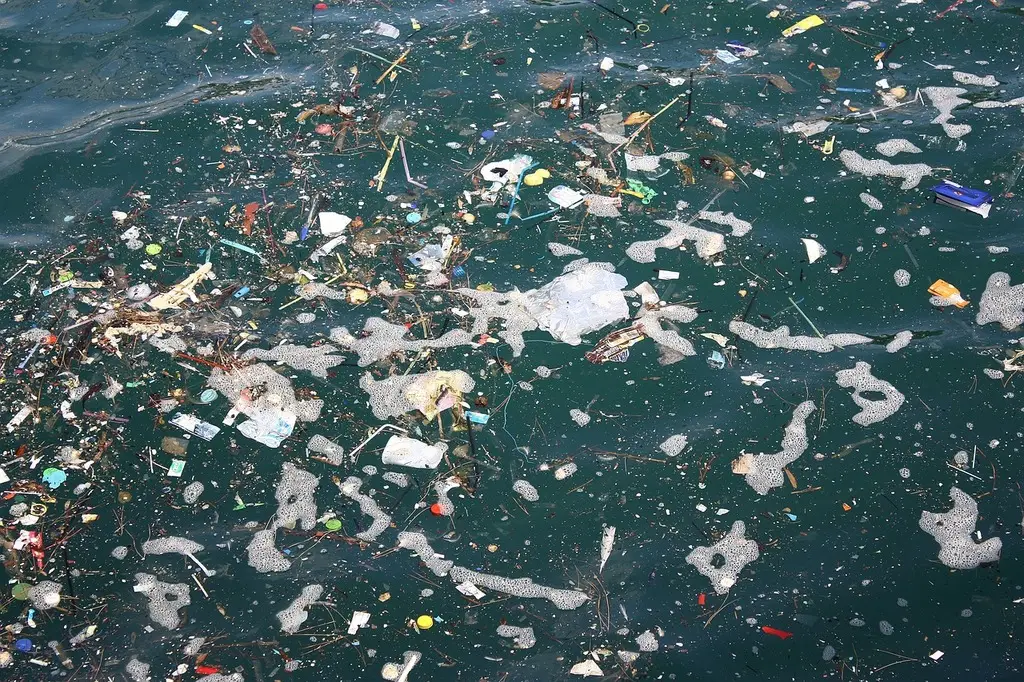
Plastic pollution on the ocean’s surface blocks sunlight, disrupting photosynthesis in phytoplankton and seagrasses. This disruption affects the entire marine food web, as phytoplankton is a primary food source for many marine organisms. Reduced photosynthesis also decreases oxygen production, impacting marine life that relies on it for survival. Floating plastic can create vast shadowed areas, reducing the availability of sunlight for deeper aquatic plants. Over time, this impacts the health and productivity of marine ecosystems, leading to declines in biodiversity. Oxygen-deprived zones, known as dead zones, become more common as a result. These zones are inhospitable to most marine life, further compounding the problem. The reduction in phytoplankton populations also affects the ocean’s ability to sequester carbon dioxide, exacerbating global warming. Addressing this issue requires reducing plastic waste at its source and cleaning up existing debris. Healthy oceans depend on the balance between sunlight, oxygen, and thriving ecosystems.
8. Invasion of Alien Species
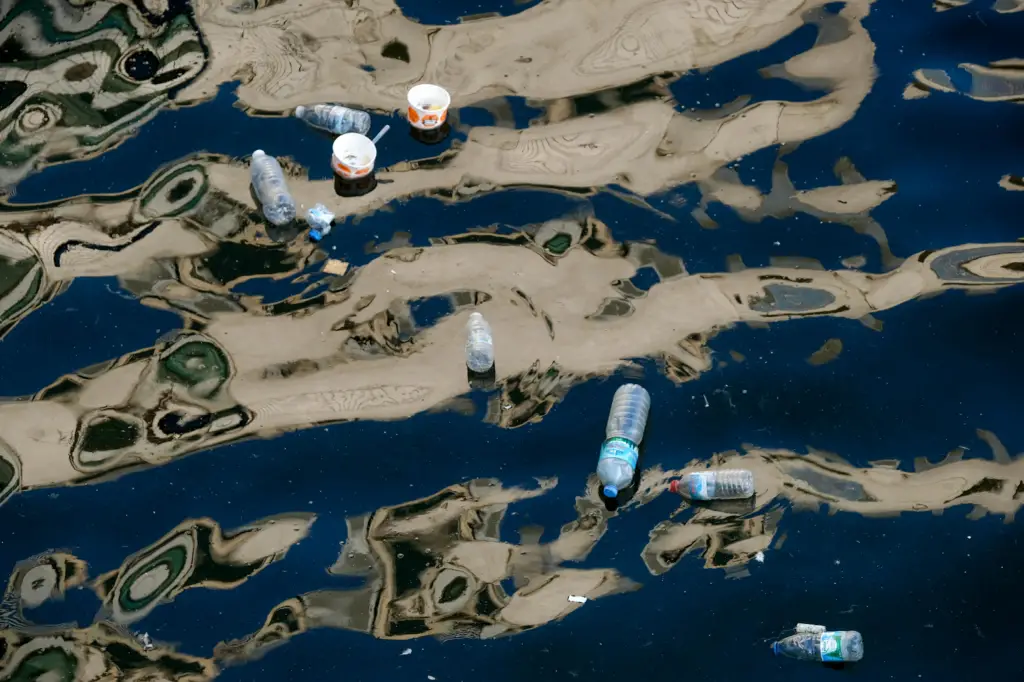
Floating plastic debris acts as a vehicle for invasive species to travel across oceans, threatening native ecosystems and marine biodiversity. These invaders hitch rides on plastic waste, traveling to regions they would never naturally reach. Once established, invasive species can outcompete native organisms for resources, leading to population declines or extinctions. Coral reefs and other delicate ecosystems are particularly vulnerable to these invasions. The presence of invasive species disrupts the balance of marine ecosystems, leading to long-term ecological changes. Some invasive organisms are harmful pathogens, introducing diseases to native species and further destabilizing ecosystems. Plastic debris enables these invasions by providing a durable and long-lasting mode of transport. Preventing this issue requires global efforts to reduce plastic pollution and monitor marine ecosystems. Protecting native biodiversity is crucial for maintaining healthy and resilient oceans.
9. Impact on Breeding Grounds
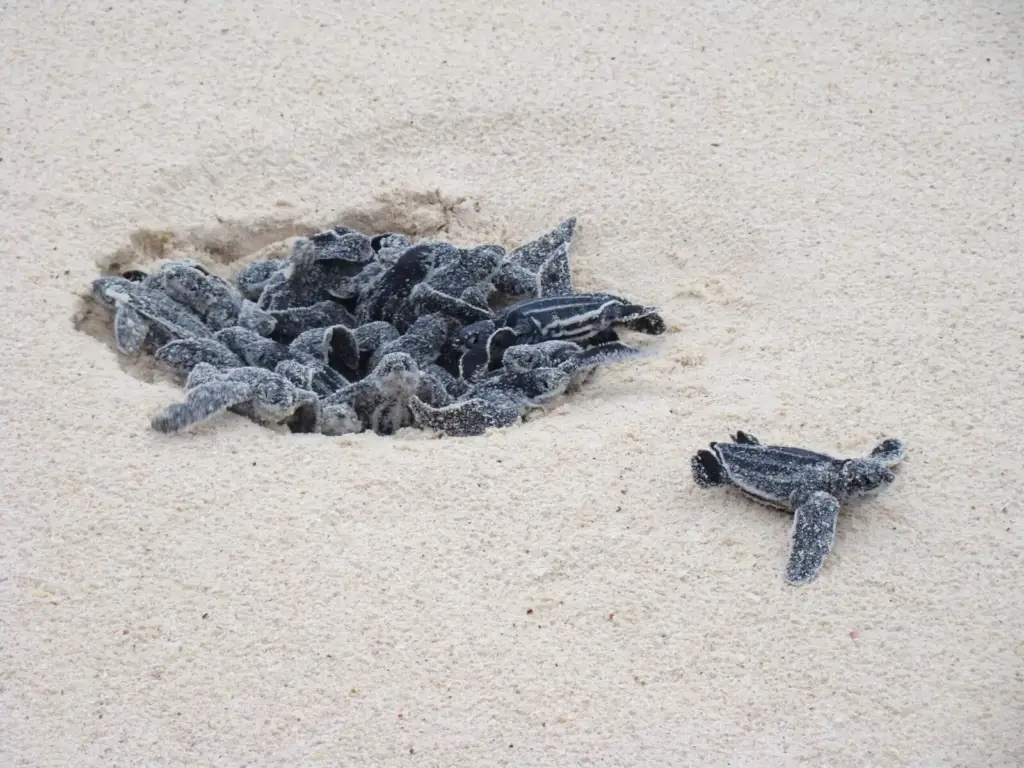
Plastic waste accumulates in nesting areas of marine animals, such as sea turtles, making it harder for them to reproduce successfully. Beaches littered with plastic debris hinder turtles from reaching suitable nesting sites. Hatchlings are particularly vulnerable, as they can become entangled in plastic on their way to the ocean. The presence of plastic also affects the temperature of nesting sites, influencing the sex ratio of hatchlings. This imbalance could have long-term consequences for turtle populations. Birds and other coastal animals face similar challenges, as plastic disrupts their natural habitats. The ingestion of plastics by parent animals can also affect the health and viability of their offspring. Over time, these impacts reduce the reproductive success of marine species, threatening their survival. Cleaning up nesting areas and reducing plastic waste are essential steps to mitigate this issue. Protecting breeding grounds ensures the continued survival of vulnerable marine species.
10. Economic and Social Consequences
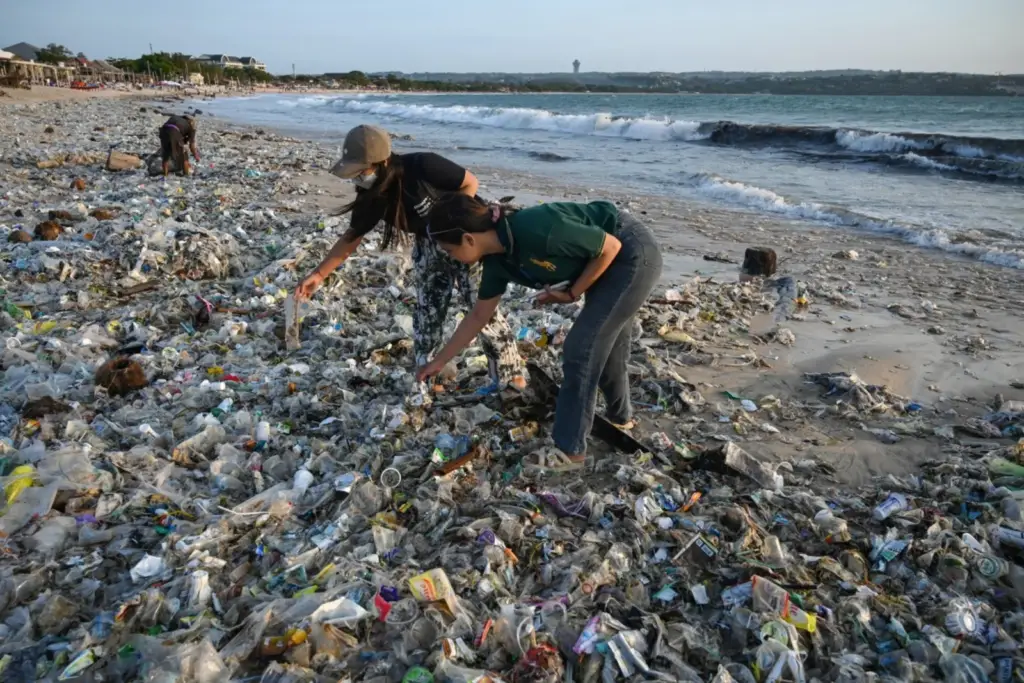
The destruction of marine ecosystems affects industries like fishing and tourism, creating economic strain and threatening livelihoods that depend on healthy oceans. Overfishing caused by ghost nets reduces fish stocks, impacting local and global food supplies. Coastal communities reliant on tourism suffer as polluted beaches and degraded coral reefs deter visitors. The cost of cleaning up plastic pollution places a financial burden on governments and organizations. Additionally, the health impacts of consuming seafood contaminated with microplastics raise concerns for human well-being. Reduced biodiversity and ecosystem services further compound these economic and social challenges. Addressing plastic pollution requires coordinated efforts from individuals, industries, and governments. Investing in sustainable practices and technologies can help mitigate these impacts. Healthy oceans are essential not only for marine life but also for human prosperity and well-being.


